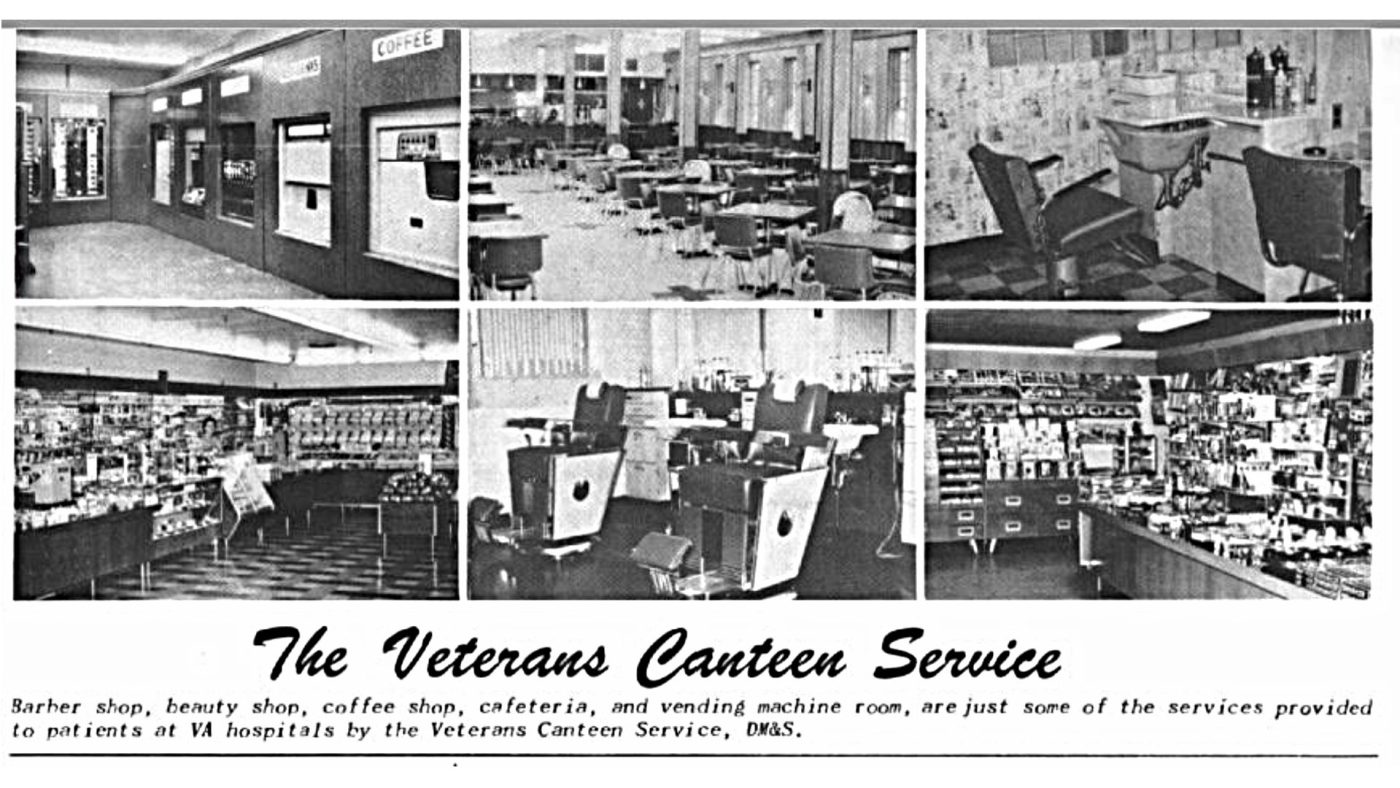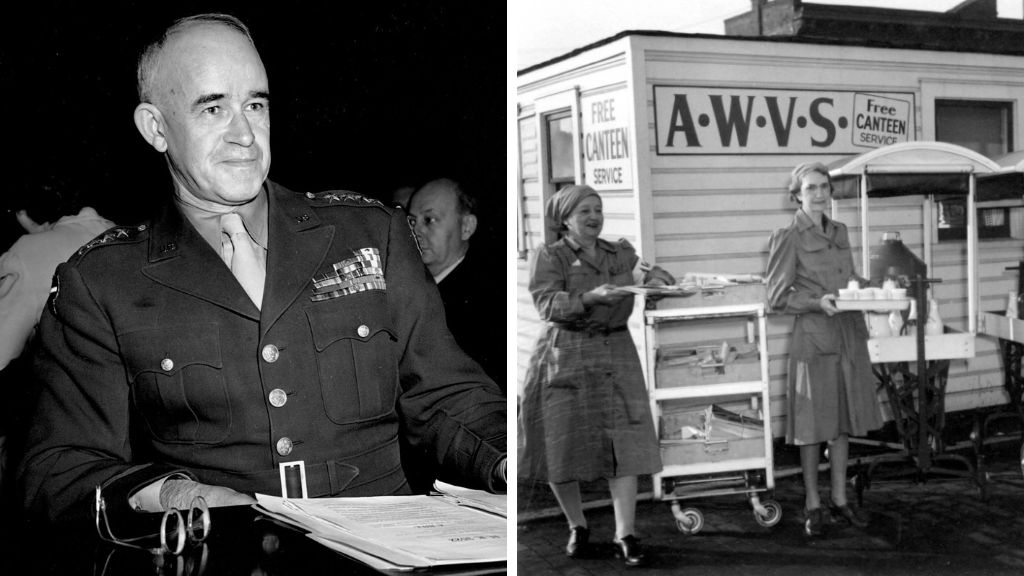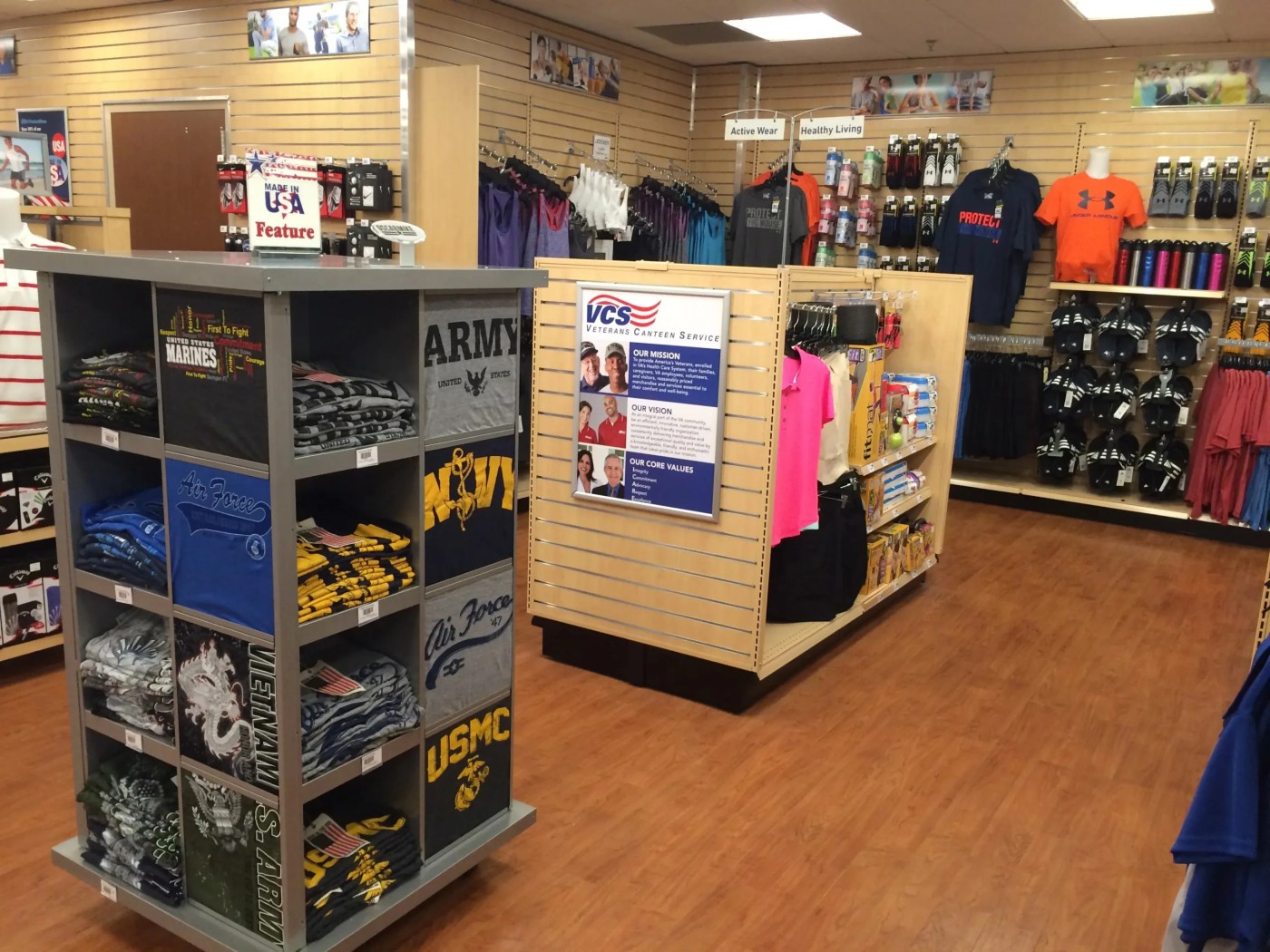
When U.S. Army General Omar N. Bradley became head of VA at the end of World War II, he was determined to improve the quality of care across the agency’s hospital system. His commitment to providing better patient services extended to the stores and canteens found in VA hospitals. These concessions ostensibly operated for the benefit of hospitalized Veterans. They sold everyday items like toiletries, tobacco products, and snack foods and also offered amenities such as haircuts, beauty treatments, and tailoring. But they were run by third-party vendors whose priority was to make a profit. Veterans and advocacy organizations complained that the concessions often charged inflated prices and delivered substandard services.
After VA conducted an internal investigation that validated Veterans’ concerns, Bradley took the issue to Congress. “[The] veteran cannot understand why the same high standards of canteen service to which he had become accustomed while serving in the armed forces should not be available to him while in the care of . . . the Veterans’ Administration,” he wrote to Speaker of the House Samuel T. Rayburn. Bradley’s letter, dated June 19, 1946, accompanied a bill to replace the privately-owned concessions with a Veterans Canteen Service managed by VA. Lawmakers approved the bill less than two months later.

Congress appropriated just under $5 million in seed money to get the canteen service up and running in VA hospitals. By the middle of 1947, 119 canteens had opened. Some were at smaller hospitals that had previously been without canteen service. Besides overseeing the hiring and training of canteen staff, VA exercised quality control to ensure that prices were reasonable, the merchandise was of good quality, and the facilities themselves were clean and well-appointed. “Service and courtesy” were the watchwords of the canteens.
As part of its efforts to upgrade patient services, the canteen service added more and larger ward carts that could carry merchandise right to the Veteran’s bedside. A new type of barber chair allowed bedridden patients to get a haircut as well. The canteens began offering other kinds of conveniences, too, ranging from dry-cleaning and watch repair to photo development. VA appreciated the therapeutic value of the canteens, recognizing that access to their goods and services enhanced patient morale and well-being. This was particularly true for Veterans confined to bed and those being treated for tuberculosis or neuropsychiatric problems. The canteen service made catering to the needs of these patients a priority.
Three years after the launch of the VA canteens, Congress enacted an important change to their finances. The amendment that went into effect on July 1, 1949, made the canteen service responsible for the administrative salaries, travel, and utility expenses that had previously been paid by VA. The Congressionally mandated requirement to be financially self-sufficient, however, did not cause the service any trouble or hardship. In fact, due to the popularity of the canteens and their volume of business, earnings regularly exceeded operating costs. On its own volition, the canteen service decided to use some of its profits to repay the $5 million in funding awarded by Congress in 1946.
By 1953, more than half that amount had been returned to the Treasury. After another six years, the Veterans Canteen Service had not only paid back the balance but also turned over to the Treasury another $1.3 million in excess revenue. Remarkably, the service was able to do this although more than a third of its canteens operated at a loss. Most of the canteens in the red were located at the smaller hospitals, where sales were not enough to cover costs. But other canteens generated enough revenue to ensure the service as a whole produced a net profit.

The Veterans Canteen Service that started with Bradly expanded under his successors. By 1959, 171 canteens were in operation. On any given day, they served about 128,000 patients, an equal number of VA employees, and an indeterminate quantity of visitors. Earnings from the sale of merchandise and services provided totaled more than $30 million. Although only about 30 canteens have been added since the 1950s, sales have grown at an exponential rate, surpassing the $200 million mark in recent years.
The canteen service has also evolved over the decades, with full-service retail stores, cafeterias, and food courts replacing the gift shops and snack bars that were once the stock in trade of these concessions. The service has branched out in other ways, adding, for instance, an online presence allowing Veterans in rural locations to purchase canteen goods and services. As a matter of necessity, some of its profits go to the upgrade and improvement of its facilities. At the same time, the Veterans Canteen Service has become a valued partner with VA, donating millions to VA’s National Rehabilitation Games, Beds for Vets, disaster relief, and other programs benefiting Veterans.
By Santos Mencio
Virtual Student Federal Service Intern, VA History Office Department of Veterans Affairs
Share this story
Related Stories

History of VA in 100 Objects
Object 96: Postcard of Veterans Vocational School
In 1918, the government created the first nationwide vocational training system to help disabled Veterans acquire new occupational skills and find meaningful work. Over the next 10 years, more than 100,000 Veterans completed training programs in every field from agriculture and manufacturing to business and photography.

History of VA in 100 Objects
Object 95: 1840 Census of Pensioners
In a first, the 1840 census collected data on Veterans and widows receiving a pension from the federal government. The government published its findings in a stand-alone volume titled “A Census of Pensioners for Revolutionary or Military Services.”

History of VA in 100 Objects
Object 94: Southern Branch of the National Home
The Southern Branch of the National Home for Disabled Volunteer Soldiers opened in Hampton, Virginia, in late 1870. The circumstances surrounding the purchase of the property, however, prompted an investigation into the first president of the National Home’s Board of Managers, Benjamin Butler.


